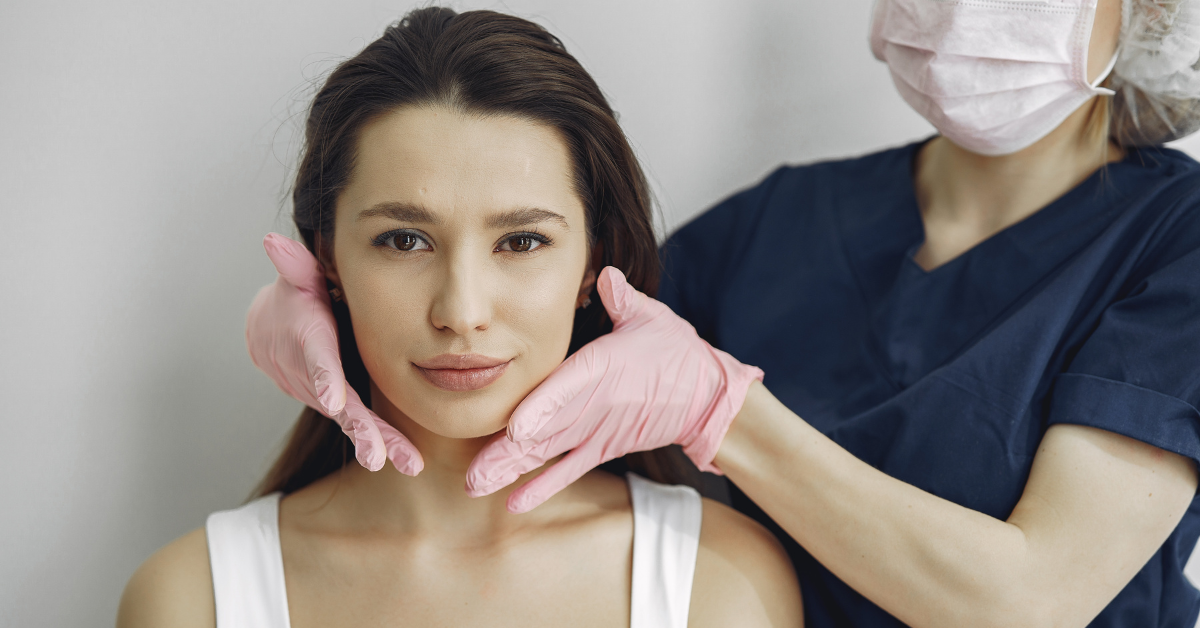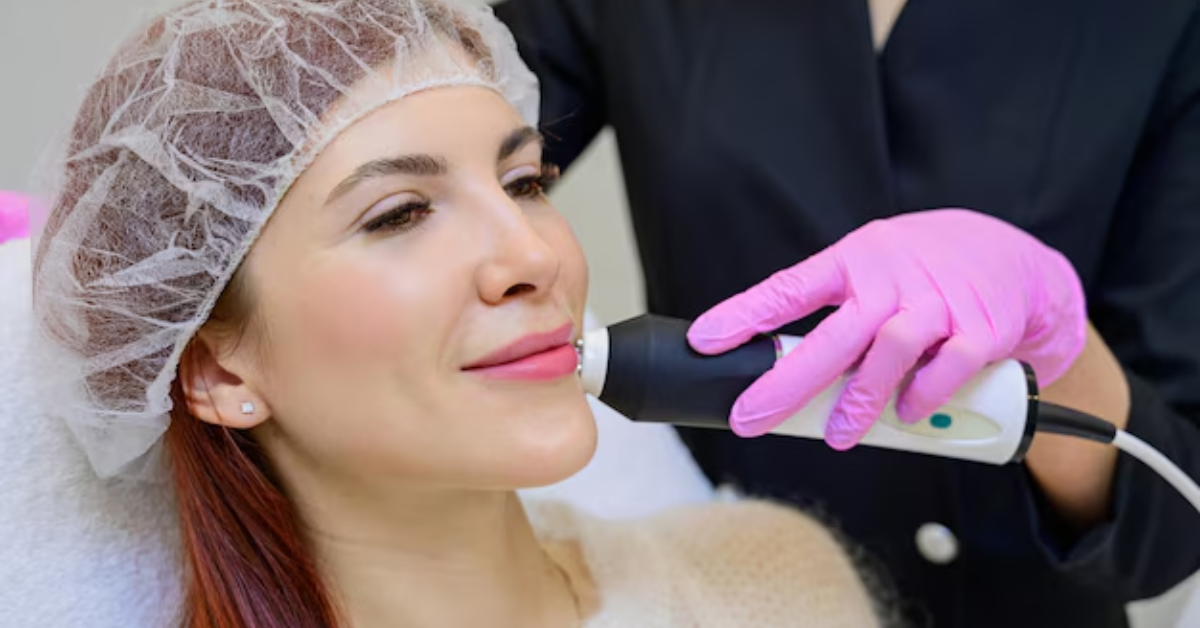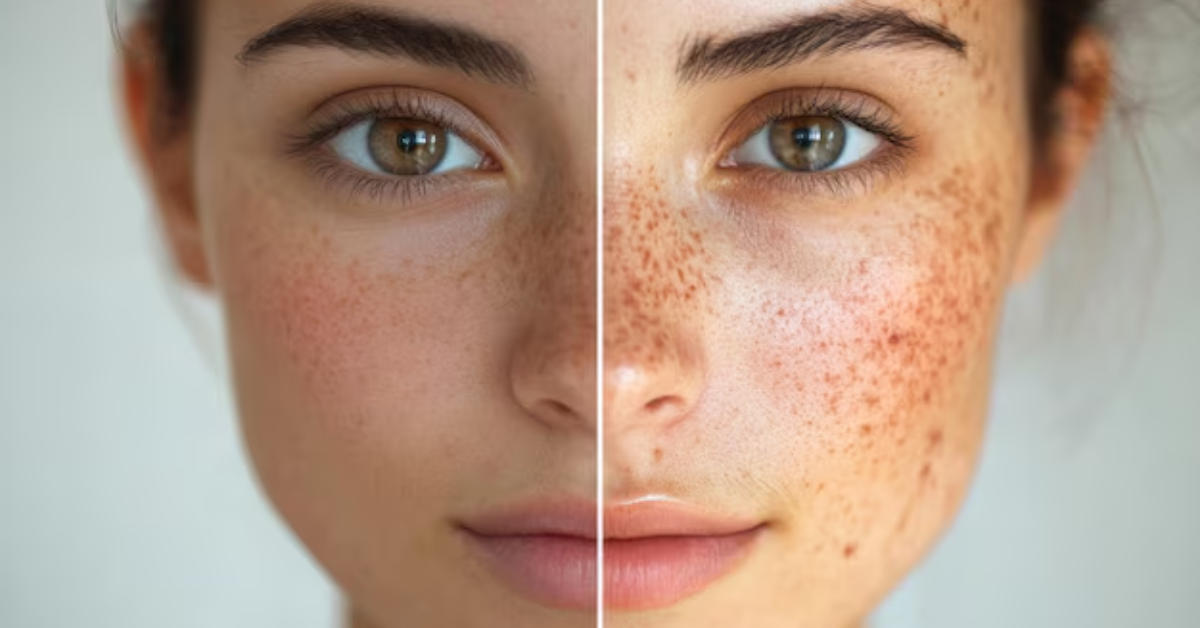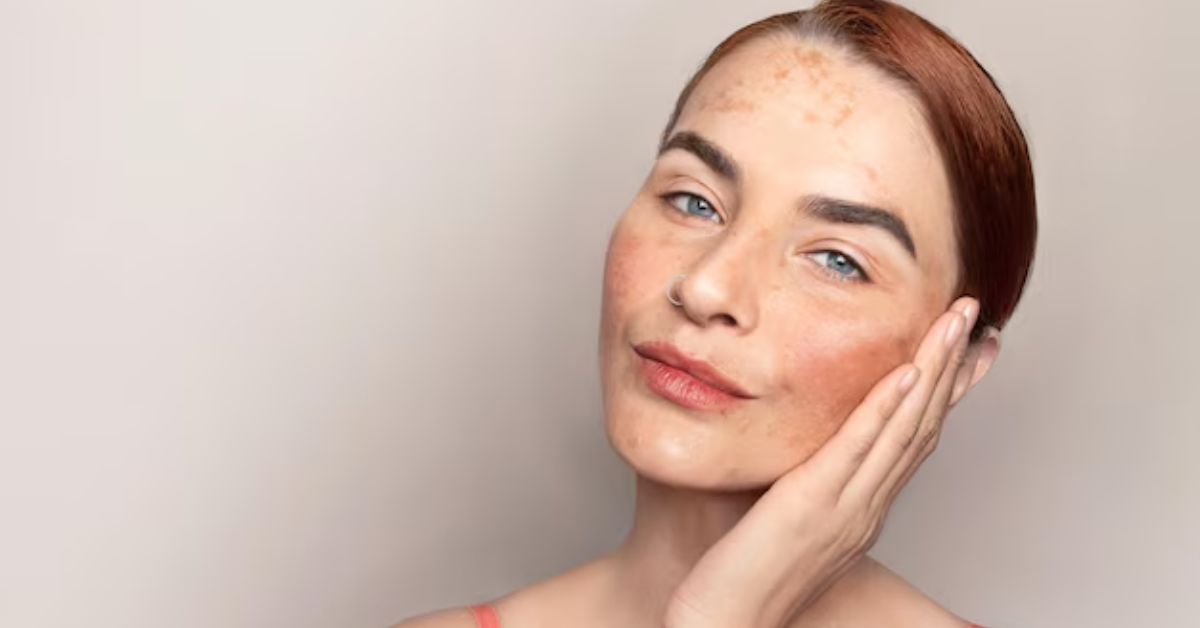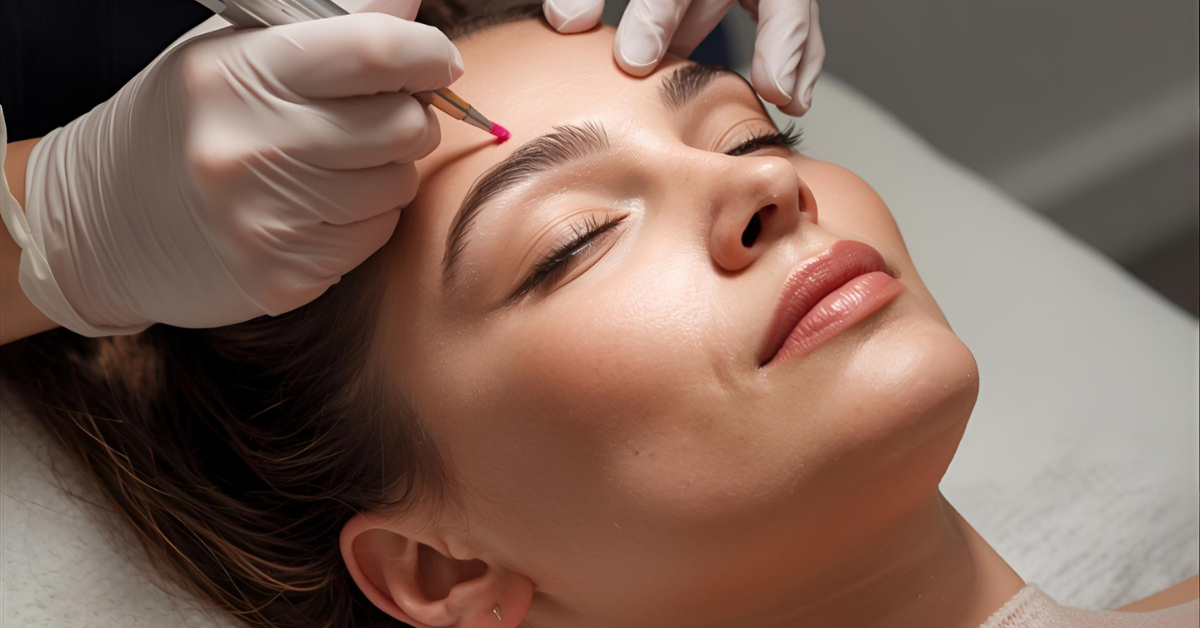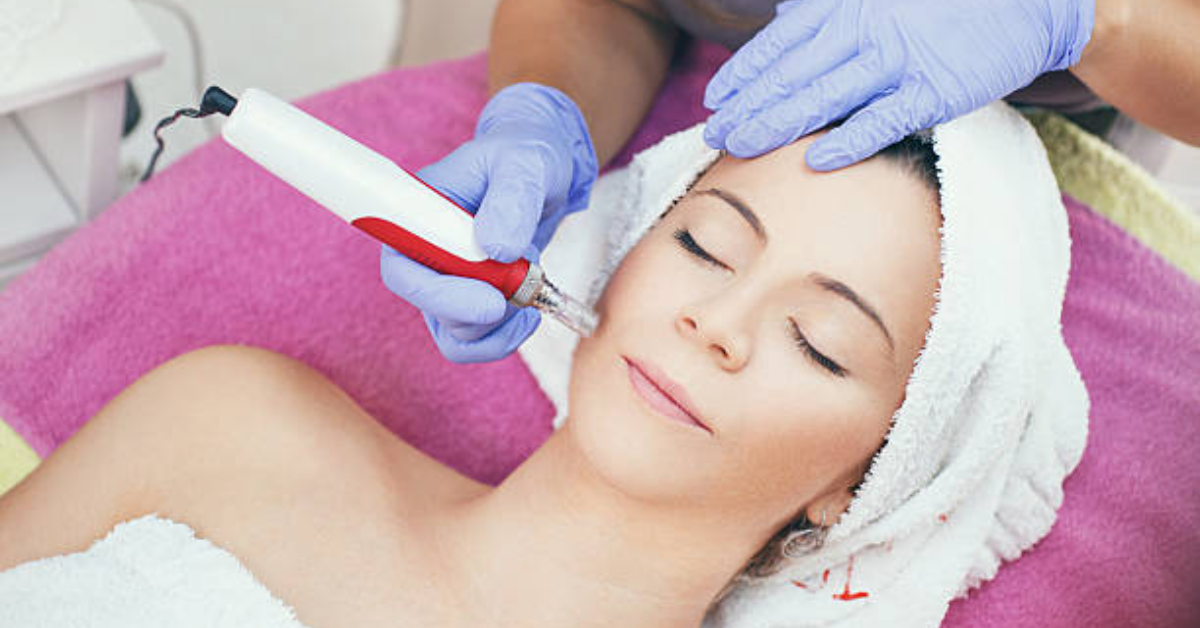Is Microneedling Effective for Adult Acne Scars?
Dealing with adult acne is frustrating enough—but when it leaves behind scars, the challenge becomes even more persistent. If you're struggling with acne scars that don’t fade with time, you might be wondering whether microneedling is the right solution. With its growing popularity in skin care clinics and dermatology offices, microneedling has earned a reputation as a game-changer for improving skin texture and reducing scars. But how effective is it for adult acne scars specifically? Let’s break it down in an easy-to-understand way and explore why microneedling could be the treatment you’ve been searching for.
What Is Microneedling?
Microneedling, also known as collagen induction therapy, is a minimally invasive cosmetic procedure. It involves using a device with fine needles to create tiny punctures—or micro-injuries—in the skin’s surface. These micro-injuries trigger the body’s natural healing response, stimulating collagen and elastin production. As your skin repairs itself, it becomes firmer, smoother, and more evenly toned. This technique is often used to address concerns like fine lines, enlarged pores, sun damage, and—yes—acne scars.
How Microneedling Helps with Acne Scars
Acne scars, especially those caused by cystic acne, can result in uneven texture and indentations in the skin. These are known as atrophic scars and are notoriously difficult to treat with topical products alone.
Microneedling targets these scars in several ways:
- It stimulates collagen production, which fills in the indented scars.
- It breaks down old scar tissue, allowing for new, healthy skin to form.
- It improves skin tone and texture, reducing discoloration and roughness.
Clinical studies have shown that microneedling can significantly improve the appearance of acne scars, especially when done in a series of treatments. For many adults, the results can be dramatic—smoother skin, faded scars, and a renewed sense of confidence.
How Many Sessions Do You Need?
Microneedling isn’t a one-time fix. Most people require a series of sessions—typically 3 to 6—spaced about 4 to 6 weeks apart. The exact number depends on the severity of your acne scars and your skin’s ability to heal. After each session, you may notice gradual improvement. Many patients report visible results within the first few treatments, with full effects becoming more noticeable after 3 months or more.
Is It Safe for All Skin Types?
One of the key benefits of microneedling is that it’s safe for all skin tones. Unlike some laser treatments, which can cause hyperpigmentation in darker skin, microneedling has minimal risk of skin discoloration. That makes it a popular option for people with melanin-rich complexions who want to treat acne scars without compromising their skin’s tone.
Of course, it’s important to have the procedure done by a trained and licensed professional. A dermatologist or licensed esthetician can assess your skin and customize the treatment to suit your unique needs.
Downtime and Side Effects
Microneedling has relatively minimal downtime. You may experience some redness, swelling, and mild sensitivity for 24–72 hours after treatment, similar to a mild sunburn. Most people can return to their normal routines within a day or two.
To maximize results and minimize irritation:
- Avoid makeup for 24 hours
- Use a gentle, hydrating moisturizer
- Apply broad-spectrum sunscreen daily
Your skincare provider may also recommend avoiding harsh products like retinol or exfoliants for a few days post-treatment.
Combining Microneedling with Other Treatments
To boost results, microneedling is often combined with serums, platelet-rich plasma (PRP), or vitamin C infusions during the treatment. The micro-channels created by the needles allow these products to penetrate deeper into the skin, enhancing their effectiveness.
In some cases, dermatologists may also recommend alternating microneedling with treatments like chemical peels or laser therapy to further improve stubborn scars.
Final Thoughts
So, is microneedling effective for adult acne scars? The answer is a resounding yes for many individuals. It’s a safe, minimally invasive, and clinically backed treatment that can make a real difference in the appearance of acne scars. While it requires patience and a series of sessions, the long-term benefits often outweigh the temporary discomfort or downtime.
If you’re considering microneedling, consult with a skincare expert to see if you’re a good candidate. With the right care and commitment, you can achieve smoother, healthier-looking skin—and finally say goodbye to those lingering acne scars.

